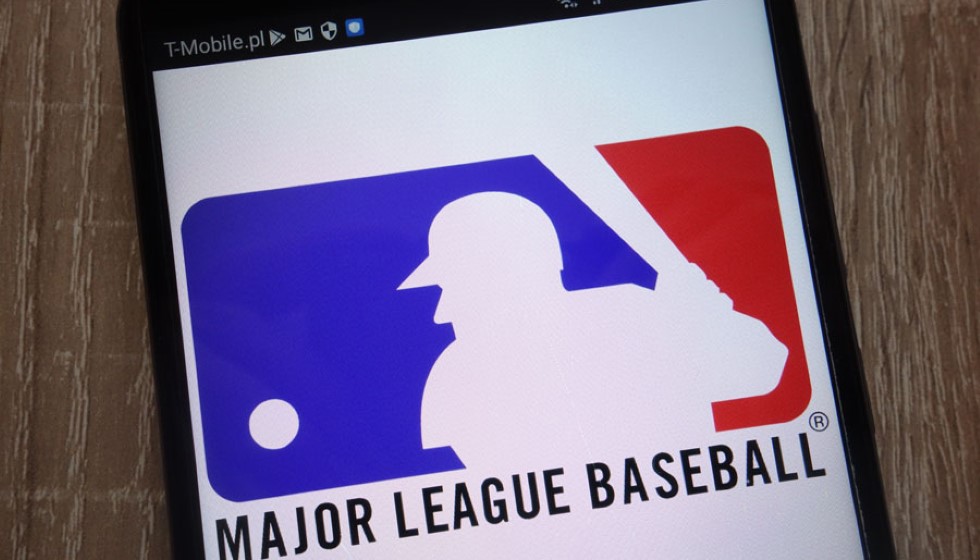
Analyzing the Chicago Cubs’ Strategic Offseason
As the Chicago Cubs navigate another offseason, the team stands at a crossroads between potential trade opportunities and the promise of internal talent, following a legacy of strategic roster adjustments. After a challenging 71-91 record in 2021, Cubs president Jed Hoyer initiated a significant sell-off that year, a move that signaled a period of rebuilding and reshaping the franchise’s future on the diamond.
The Cubs responded to that initial upheaval by clawing back with consecutive 83-win seasons in the subsequent years. This progress has not only stabilized but also made the Cubs a team to watch in the upcoming season. A key factor in this stability is that every position-player starter is under contract for 2024, providing a strong foundation as they look to improve their playoff prospects.
While losing minimal talent to free agency, the Cubs have been selective in their offseason targets. Cody Bellinger’s decision to exercise his player option ensures his continued contribution to the roster. Yet, the team is unlikely to make headlines by pursuing major free agents like Juan Soto or Corbin Burnes, indicating a measured approach to roster enhancements.
Offensively, the Cubs ranked 12th in runs and 10th in on-base percentage last season, statistics that suggest a competent, if not explosive, lineup. Nevertheless, the lack of power remains a concern, as no hitter exceeded the 25-homer mark. Such output resulted in a 21st-place finish for home runs across the league—a situation the Cubs must address to compete with top-tier teams.
On the pitching side, the Cubs boast strength, with their rotation ranking sixth in ERA. Although they were placed 12th in innings pitched, the foundation is solid, providing room for potential additions to propel them even higher. Dansby Swanson emerged as a standout with a 4.0 WAR, showing his importance within the squad.
As they consider potential trade negotiations, the Cubs possess attractive assets in Nico Hoerner, Ian Happ, and Jameson Taillon, who may entice teams seeking depth and talent. Meanwhile, the list of potential trade targets such as Max Fried, Logan Gilbert, George Kirby, Nathan Eovaldi, and Walker Buehler highlights the Cubs' intent to elevate their rotation with proven performers.
Their farm system—described as deep—offers another avenue for bolstering their roster, with prospects knocking on the door of the big leagues. Among them, catcher Miguel Amaya is seen as a bridge until the anticipated arrival of prospect Moises Ballesteros, indicating future strength behind the plate.
Moreover, the Cubs are casting a wide net in international scouting, notably expressing interest in Japanese phenom Roki Sasaki. His potential addition could significantly enhance their pitching arsenal and showcases the Cubs’ dedication to exploring talent worldwide.
With Anthony Santander now a free agent, and Rafael Devers considered outside the Cubs' acquisition plans, the team might explore signing Travis d'Arnaud, a seasoned free-agent catcher who could provide experience and depth.
The outlook for the Cubs is one of cautious optimism, focused not only on immediate gains but also on sustainable improvement through strategic trades and the development of internal talent. As Hoyer continues to navigate this intricate landscape, the Cubs’ fans remain optimistic, hoping this blend of stability and calculated gambits culminates in a more competitive squad poised for a postseason run.